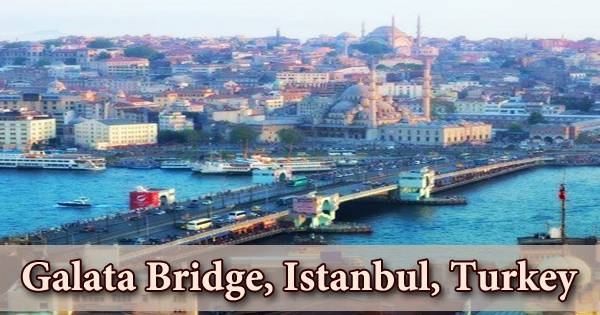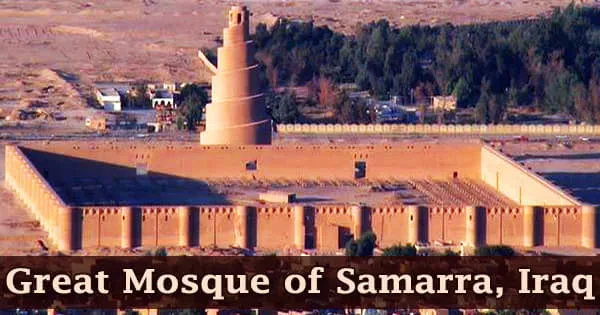The Galata Bridge (Turkish: Galata Köprüsü, (Turkish pronunciation: ˈɡaɫata cœpɾyˈsy)) is a bridge in Istanbul, Turkey, that spans the Golden Horn from Karaköy in the north to Sultanahmet in the south. Under the bridge, there are many cafes and restaurants. A great draw is walking across the bridge with great views of the capital. The bridge has been featured in Turkish literature, theatre, poetry, and novels since the end of the nineteenth century. The word “Galata Bridge” refers to a series of bridges that have connected Eminönü and Beyolu since the early nineteenth century. The new bridge, the fifth of its kind, was completed in 1994. It was planned to construct a permanent bridge here in the early 16th century, and Leonardo da Vinci built a single-span bridge with double pillars at either end, measuring 250 meters long, 8 meters wide, and 24 meters high. However, due to technological limitations, this project was unable to be completed. Then another Italian artist, Michelangelo, was approached to design a bridge for Istanbul, but he refused, and the idea of constructing a bridge across the Golden Horn was put on hold until the nineteenth century. Galata is the former name of the modern quarter of Karaköy in Istanbul’s Beyolu district, which is situated on the northern shore of the Golden Horn. The first known bridge across the Golden Horn in Istanbul was constructed near the Theodosian Land Walls at the city’s western end during the reign of Justinian the Great in the 6th century. Just 50 years after the city was recaptured from the Byzantines, Sultan Beyazid II commissioned Leonardo da Vinci to build a bridge to span the Golden Horn in 1503. The bridge was designed by a great artist and engineer, but it was never completed. The current Galata Bridge, which was completed in 1992, replaced a much-loved pontoon bridge that swayed and rolled softly as the seas passed underneath it.

The Galata Bridge acted as a symbolic link between the old Istanbul’s Eminonu neighborhood, which housed the imperial palace and the Ottoman Empire’s key religious and secular institutions, and the districts of Galata, Beyoglu, Sisli, and Harbiye, where non-Muslims predominated and where foreign merchants and diplomats lived and worked. During the day, the bridge carries a steady stream of istanbullus between Beyolu and Eminönü, as well as a slew of eager anglers casting their lines into the waters below. Restaurants and cafes underneath offer drinks and food all day and night. Enjoy a beer and a nargile while watching the ferries arrive and depart from the Eminönü and Karaköy ferry docks. Mahmud II (1808–1839) ordered the construction of a bridge between Azapkap and Unkapan in the early nineteenth century. On September 3, 1836, the Hayratiye (Benefaction in English) bridge was inaugurated. The project was carried out by Deputy Lord High Admiral Fevzi Ahmet Paşa, who used the naval arsenal’s staff and equipment. According to the History of Lutfi, this bridge was 500–540 m (1,640–1,770 ft) long and was constructed on connected pontoons. The current, somewhat unsightly bridge was constructed in 1992 to replace an iron structure built between 1909 and 1912, which had, in turn, replaced two previous bridges. The ramshackle fish restaurants, teahouses, and nargile joints that occupied the dark recesses beneath the iron bridge were legendary. It did, however, have a major flaw: it stood atop pontoons, which blocked the natural flow of water and stopped the Golden Horn from flushing itself clean. The new Galata Bridge now has many restaurants and coffee shops underneath it, where locals can dine while watching the ferry boats and fishermen pass by. This bridge is included in all regular city tours in Istanbul since it connects to the Old City of Constantinople. The old bridge is now situated between the Sutluce and Feshane Convention and Fair Centers, deeper in the Golden Horn.
















